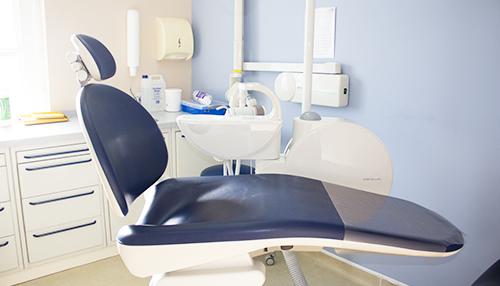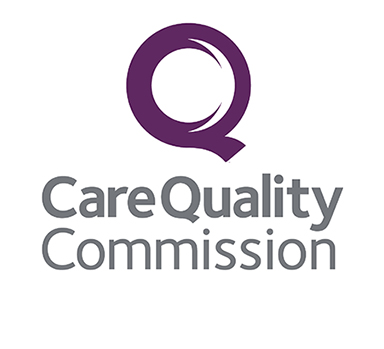Root Canal Treatment
A root canal treatment is required if the dental pulp (or central layer) of your tooth has become infected or inflamed and cannot be saved. This normally arises as a result of advanced decay, a deep filling or a severe crack or fracture to the tooth due to a trauma. Occasionally it can be a result of gum disease.
The main symptom of a pulp infection is tooth pain and increased sensitivity to hot or cold. The tooth may become discoloured and the gum can swell and feel tender. You may also find that you have a metallic taste in your mouth. Sometimes, there are no symptoms at all.
What is dental pulp?
Your teeth are comprised of several layers. The top (outer layer) of the crown is made of a very hard enamel. Underneath the enamel is a dentine layer which encases a hollow centre containing the dental pulp- making up the nerves, blood vessels and connective tissue.
This dental pulp runs from the dentine layer right down into the root canals of your tooth connecting the blood vessels and nerves in your tooth with the gum.
When this pulp is infected it begins to die but the bacteria continue to travel down into your gum causing it to become inflamed and sore- and occasionally resulting in a painful abscess.
It is important to visit your Dentist as, if left untreated, the supporting bone can be lost completely.
A root canal treatment is a successful, safe and long-term way of helping to save a tooth which would otherwise need to be extracted.
What is involved in a root canal treatment?
Root canal treatment normally takes place over several visits. The length of treatment will depend on your case and the tooth that is being treated. Front teeth normally contain just one root canal whereas the back teeth can have up to four- so will take longer to treat. If more than one appointment is required they will normally be spaced over weekly intervals. Your tooth will be covered and temporarily restored in between appointments.
- First stage of treatment: removal of the infected pulp will take place under a local anaesthetic. This will involve the drilling of a hole in the crown of the tooth and a very small, hand or rotary file will be used to remove the pulp. Once emptied, the root canals will be cleaned, shaped (to allow space for the filling) and flushed with an anti-bacterial solution to kill any germs.
- Second stage of treatment: the root canals will be completely filled with an inert material called gutta-percha to seal the tooth and prevent bacteria from entering in the future. Any inflamed tissue in the gum will heal naturally over time.
- Third stage: The root canal filling will be sealed in place with a permanent filling or crown. This will help restore the tooth to its correct shape and allow it to function properly. This should be done as soon as possible to avoid any further damage to the tooth.
Will a root canal treatment hurt?
Your root canal treatment will take place under a local anaesthetic so should feel much the same as having a normal filling. You may experience some slight discomfort or gum swelling in the days afterwards but this can be helped with ibuprofen or paracetamol. If the pain does persist then contact your Dentist.
Many people can be scared at the thought of having a root canal treatment as it is often considered a painful procedure. Bear in mind that the pain you will be experiencing as a result of the infected pulp or the potential abscess that could develop will be much more distressing and it is really worth getting the issue sorted to avoid the need for complete removal of the tooth.
How to care for my tooth following root canal treatment
During and immediately following treatment be careful not to bite down too hard on the tooth so that you don’t damage it.
When looked after properly your root canal treated tooth should last for many years.
In order to keep all of your teeth healthy it is important to maintain good oral hygiene- brushing and flossing teeth for 3 minutes, twice a day. Avoid eating too many sugary foods and visit your Dentist for regular check-ups.
FAQ’S:
Can my tooth survive without the pulp centre?
Yes. When you are small and your teeth are still growing the pulp is vital in helping them to develop properly. (It carries nutrients between the gum and tooth ensuring that both stay healthy). Once your teeth are fully grown the main purpose of the pulp is to alert you to damage or infection- by causing pain!
When your tooth is fully matured it is possible to remove the infected pulp. Filling of the canal chambers prevents re-infection and the new filling or crown will help to restore the tooth to full function. Provided the tooth is looked after you shouldn’t experience any problems although occasionally it may become slightly discoloured over time.
Why not just have the tooth removed?
Unless absolutely necessary the extraction of a tooth should be avoided. This is because of the numerous personal and practical issues that can arise as a result of a missing tooth or teeth:
- Lack of stimulation to the gum can cause bone shrinkage.
- Gaps can cause problems with eating and drinking.
- They can also affect your speech.
- Self-confidence can be greatly impaired- particularly in the case of very visible missing teeth.
- Oral health can be affected- with increased risk of gum disease and tooth decay due to bacteria that can collect in gaps.







